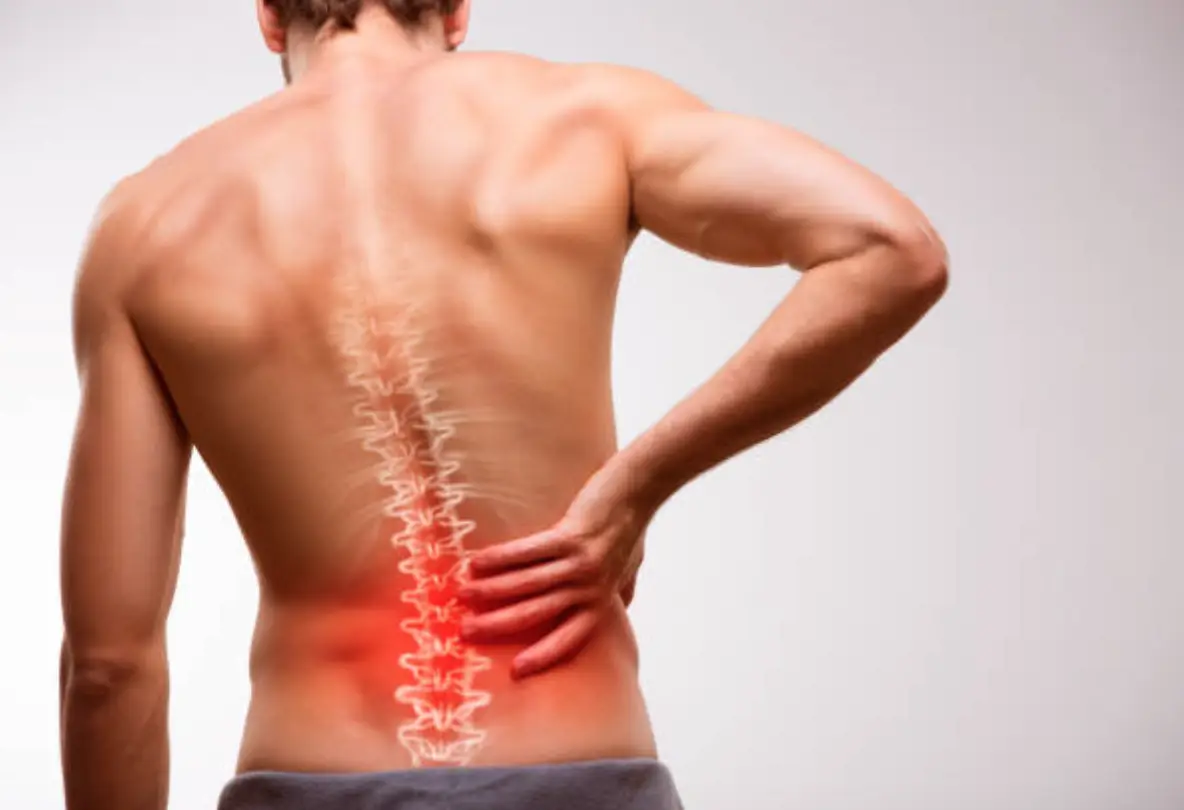Poor posture affects millions of people worldwide and contributes significantly to chronic spine pain. The relationship between how we position our bodies and the development of persistent spinal discomfort has become increasingly relevant as more individuals spend extended periods sitting at desks or looking down at mobile devices. Understanding how postural habits influence spinal health provides valuable insight into both the development and management of chronic spine conditions.
Linking Poor Posture to Spinal Problems
Spine pain is a common side effect of postural issues. Forward head posture occurs when the head moves ahead of the shoulders, creating increased tension in the neck muscles and placing additional stress on the cervical spine. The muscles at the back of the neck work harder to support the head’s weight, while the muscles in the front become shortened and tight.
Rounded shoulders often accompany forward head posture and result from prolonged periods of reaching forward or hunching over devices. This position causes the thoracic spine to develop an exaggerated curve, leading to muscle imbalances throughout the upper back. It also potentially contributes to mid-back pain and stiffness.
The lower back experiences significant stress when individuals maintain poor sitting posture for extended periods. Slouching while seated increases pressure on the lumbar discs and places the pelvis in a posterior tilt. This position reduces the natural curve of the lower back and can lead to muscle weakness, joint stiffness, and disc-related problems over time.
Connecting Muscle Imbalances and Spine Pain
Postural deviations create predictable patterns of muscle imbalances throughout the body. Some muscles become overactive and tight, while others become weak and inhibited. These imbalances alter normal movement patterns and can contribute to ongoing spinal discomfort.
Tight hip flexors commonly develop from prolonged sitting and can affect lumbar spine positioning. When these muscles become shortened, they pull the pelvis into an anterior tilt. This increases the curve in the lower back and places additional stress on the lumbar facet joints. Weak gluteal muscles often accompany tight hip flexors, reducing the body’s ability to maintain proper pelvic alignment during movement.
Upper body muscle imbalances typically involve tight chest muscles and weak upper back muscles. The pectoralis major and minor muscles become shortened from forward-reaching postures, while supporting muscles become weakened. This pattern pulls the shoulders forward and contributes to the development of thoracic kyphosis and cervical extension.
Addressing Posture-Related Spine Pain
Workplace ergonomics modifications can significantly reduce postural stress on the spine. Adjusting computer monitor height to eye level, using a supportive chair with proper lumbar support, and positioning the keyboard and mouse at appropriate heights can help maintain better spinal alignment during work activities.
Regular movement breaks throughout the day help counteract the effects of prolonged static postures. Standing and walking for short periods every 30-60 minutes allows muscles to relax and joints to move through their full range of motion. Simple stretches targeting commonly tight muscle groups can also be performed during these breaks.
Find a Spine Doctor
The relationship between posture and chronic spine pain involves complex interactions between muscle function, joint mechanics, and daily habits. Working with healthcare professionals who specialize in movement and spinal health can provide personalized guidance for addressing individual postural concerns and developing effective management strategies. Consult with a qualified physician to see how they can help you reduce your pain.









Leave a Reply